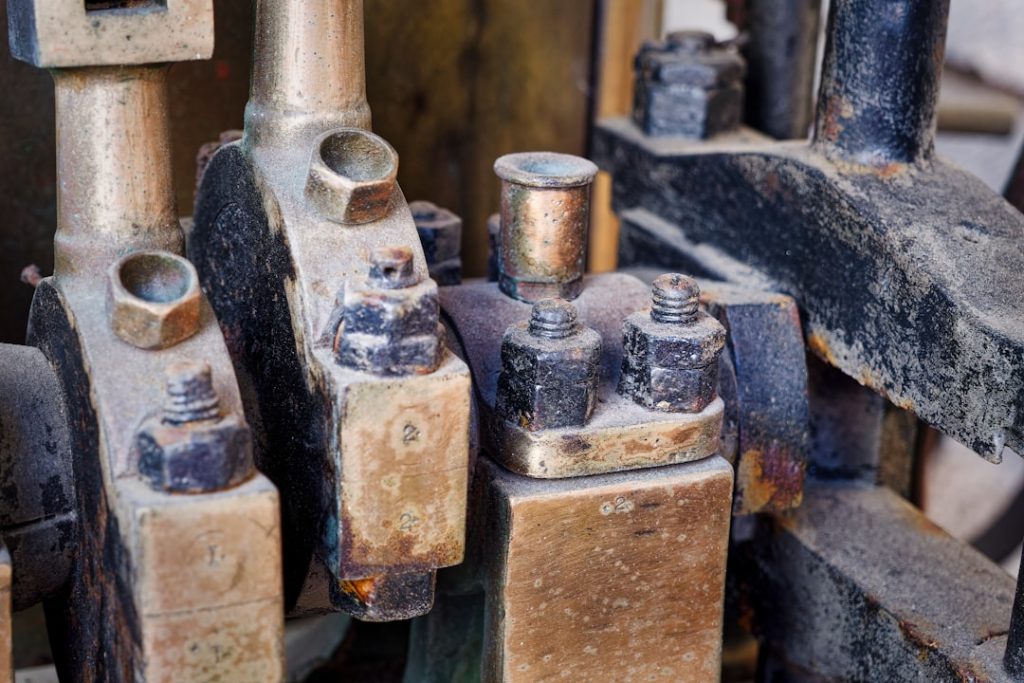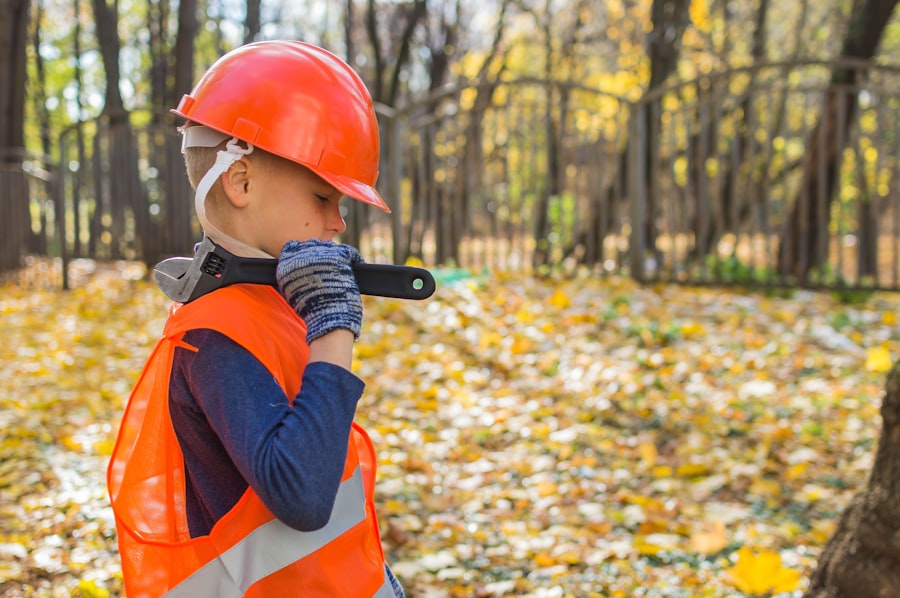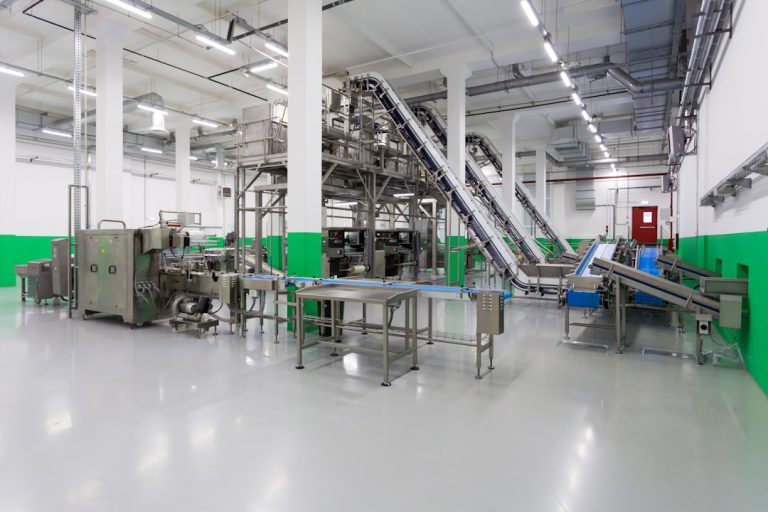
Maintenance and repair workers play a crucial role in ensuring that buildings, machinery, and equipment function efficiently and safely. These professionals are the backbone of various industries, from residential settings to large-scale manufacturing plants. Their work encompasses a wide range of tasks, including routine inspections, troubleshooting issues, and performing repairs.
The importance of their role cannot be overstated, as they help prevent costly downtimes and ensure that operations run smoothly. The field of maintenance and repair is diverse, attracting individuals with varying skill sets and interests. Some workers may specialize in specific areas such as electrical systems, plumbing, or HVAC (heating, ventilation, and air conditioning), while others may take a more generalist approach, handling multiple types of repairs.
This versatility allows maintenance and repair workers to adapt to different environments and challenges, making them invaluable assets in any organization. As technology continues to evolve, so too does the skill set required for these roles, leading to a dynamic and ever-changing landscape in the maintenance and repair industry.
Key Takeaways
- Maintenance and repair workers are essential for keeping buildings, machinery, and equipment in working order.
- There are various types of maintenance and repair occupations, including general maintenance and repair workers, industrial machinery mechanics, and HVAC technicians.
- Job duties and responsibilities for maintenance and repair workers may include conducting routine maintenance, troubleshooting issues, and making repairs.
- Education and training requirements for maintenance and repair workers vary by occupation, but typically include on-the-job training or a formal apprenticeship program.
- Maintenance and repair workers use a variety of tools and equipment, such as hand tools, power tools, and diagnostic equipment, to perform their job duties.
Types of Maintenance and Repair Occupations
General Maintenance Workers
General maintenance workers are commonly found in residential and commercial settings, where they are responsible for a variety of tasks. These tasks may include painting, carpentry, plumbing repairs, and basic electrical work.
Skilled Trades
The skilled trades category includes electricians, plumbers, and HVAC technicians. These professionals require specialized training and knowledge to perform their duties.
Specialized Roles
Electricians focus on installing, maintaining, and repairing electrical systems to ensure buildings are safe and compliant with regulations. Plumbers deal with water supply systems and waste disposal, addressing issues such as leaks or clogs. HVAC technicians specialize in climate control systems, ensuring that heating and cooling units operate efficiently. Each of these roles requires a deep understanding of the complex systems they work with.
Job Duties and Responsibilities

The job duties of maintenance and repair workers can vary significantly based on their specific roles and the environments in which they operate. General maintenance workers often perform routine inspections to identify potential issues before they escalate into major problems. This proactive approach not only saves time but also reduces costs associated with emergency repairs.
They may also be responsible for maintaining the cleanliness and safety of the work environment, which includes tasks like changing light bulbs, fixing broken fixtures, or conducting minor repairs. Skilled tradespeople have more specialized responsibilities that require a deeper understanding of their respective fields. For instance, electricians must read blueprints and technical diagrams to install wiring systems correctly.
They also troubleshoot electrical issues by using diagnostic tools to identify faults in circuits or appliances. Plumbers may need to assess the condition of pipes and fixtures before determining the best course of action for repairs or replacements. HVAC technicians often conduct regular maintenance checks on heating and cooling systems to ensure optimal performance and energy efficiency.
Each of these roles demands a high level of expertise and attention to detail.
Education and Training Requirements
| Education Level | Typical Major | Training |
|---|---|---|
| High School Diploma | N/A | On-the-job training |
| Associate’s Degree | Various fields | On-the-job training, certification programs |
| Bachelor’s Degree | Specific field of study | Internships, practical experience |
| Master’s Degree | Specialized field of study | Research, advanced coursework |
| Doctoral Degree | Specific area of expertise | Research, dissertation, teaching experience |
Education and training requirements for maintenance and repair workers can vary widely depending on the specific occupation. General maintenance workers typically require a high school diploma or equivalent; however, hands-on experience is often more valuable than formal education in this field. Many individuals enter this line of work through apprenticeships or on-the-job training programs that provide practical experience alongside mentorship from seasoned professionals.
For skilled trades such as electricians or plumbers, formal education is often necessary. Many states require these professionals to complete an apprenticeship program that combines classroom instruction with hands-on training. These programs can last anywhere from two to five years, depending on the trade.
Additionally, obtaining licensure is crucial for many skilled trades; this process usually involves passing an exam that tests knowledge of local codes and regulations. Continuing education is also important in this field, as technology and best practices evolve over time.
Tools and Equipment Used
Maintenance and repair workers utilize a wide array of tools and equipment tailored to their specific tasks. General maintenance workers often rely on basic hand tools such as screwdrivers, wrenches, pliers, hammers, and drills. These tools are essential for performing everyday repairs around buildings or facilities.
In addition to hand tools, they may also use power tools like saws or sanders for more extensive projects. Skilled tradespeople have access to specialized tools that cater to their specific needs. Electricians use multimeters to measure voltage, current, and resistance in electrical circuits.
They also employ wire strippers, conduit benders, and circuit testers to ensure safe installations and repairs. Plumbers utilize pipe wrenches, plungers, augers, and soldering equipment to address various plumbing issues effectively. HVAC technicians rely on refrigerant gauges, vacuum pumps, and thermometers to diagnose problems with heating and cooling systems accurately.
The right tools not only enhance efficiency but also contribute to the quality of work performed.
Safety and Health Considerations

Safety is paramount in the maintenance and repair industry due to the inherent risks associated with many tasks. Workers often face hazards such as electrical shocks, falls from heights, exposure to hazardous materials, or injuries from heavy machinery. To mitigate these risks, it is essential for maintenance workers to adhere to safety protocols and utilize personal protective equipment (PPE) such as gloves, goggles, hard hats, and steel-toed boots.
Training programs often emphasize the importance of safety practices in the workplace. For instance, electricians must be well-versed in lockout/tagout procedures to prevent accidental energization of electrical systems during maintenance work. Plumbers need to understand how to handle chemicals safely when dealing with drain cleaners or other hazardous substances.
Additionally, proper lifting techniques are crucial for all maintenance workers to prevent musculoskeletal injuries when handling heavy equipment or materials. A strong safety culture not only protects workers but also enhances overall productivity.
Job Outlook and Salary Information
The job outlook for maintenance and repair workers remains positive across various sectors. According to the U.S. Bureau of Labor Statistics (BLS), employment for general maintenance workers is projected to grow at a rate of about 8% from 2020 to 2030, which is faster than the average for all occupations.
This growth can be attributed to the increasing need for building maintenance in both residential and commercial properties as they age. Salary information varies significantly based on factors such as location, experience level, and specialization. As of May 2022 data from the BLS, general maintenance workers earned a median annual wage of approximately $39,000.
Skilled tradespeople tend to earn higher salaries; for example, electricians had a median annual wage of around $60,000 while HVAC technicians earned about $50,000 annually. Geographic location also plays a significant role in salary variations; urban areas often offer higher wages due to increased demand for skilled labor.
Tips for Success in the Field
Success in the maintenance and repair field hinges on a combination of technical skills, problem-solving abilities, and effective communication. One key tip for aspiring maintenance workers is to seek out hands-on experience through internships or apprenticeships. This practical exposure not only enhances technical skills but also provides valuable insights into workplace dynamics.
Networking within the industry can also open doors for career advancement opportunities. Joining professional organizations or attending trade shows can help individuals connect with experienced professionals who can offer guidance or mentorship. Additionally, staying updated on industry trends through continuing education courses can enhance one’s skill set and make them more competitive in the job market.
Moreover, developing strong communication skills is essential for success in this field. Maintenance workers often collaborate with other team members or communicate with clients regarding repairs or maintenance schedules. Being able to convey technical information clearly can foster better relationships with colleagues and clients alike.
In conclusion, the field of maintenance and repair offers diverse opportunities for individuals willing to invest time in education and training while honing their skills through practical experience. The demand for these professionals continues to grow as industries evolve and require skilled labor to maintain their operations effectively.
If you are interested in learning more about Maintenance and Repair Workers in the USA, you may want to check out this article on careersintheusa.com that provides an overview of the occupation. This article discusses the responsibilities, skills, and qualifications required for Maintenance and Repair Workers in the United States. It also highlights the job outlook and potential career paths for individuals in this field.
FAQs
What do maintenance and repair workers do?
Maintenance and repair workers are responsible for repairing and maintaining mechanical equipment, buildings, and machines. They may work in a variety of settings, including residential, commercial, and industrial.
What are the typical duties of maintenance and repair workers?
Typical duties of maintenance and repair workers include performing routine maintenance on equipment, troubleshooting issues, repairing machinery, and ensuring that buildings are in good working order. They may also be responsible for installing new equipment and conducting inspections.
What are the educational requirements for maintenance and repair workers?
While some maintenance and repair workers may only need a high school diploma or equivalent, others may need specialized training or certification in a specific trade, such as HVAC, plumbing, or electrical work.
What is the job outlook for maintenance and repair workers in the USA?
According to the Bureau of Labor Statistics, the job outlook for maintenance and repair workers is expected to grow 3% from 2020 to 2030, which is about as fast as the average for all occupations.
What are the typical work environments for maintenance and repair workers?
Maintenance and repair workers may work in a variety of settings, including office buildings, factories, hospitals, schools, and private homes. They may also work outdoors, especially in roles such as grounds maintenance workers.






